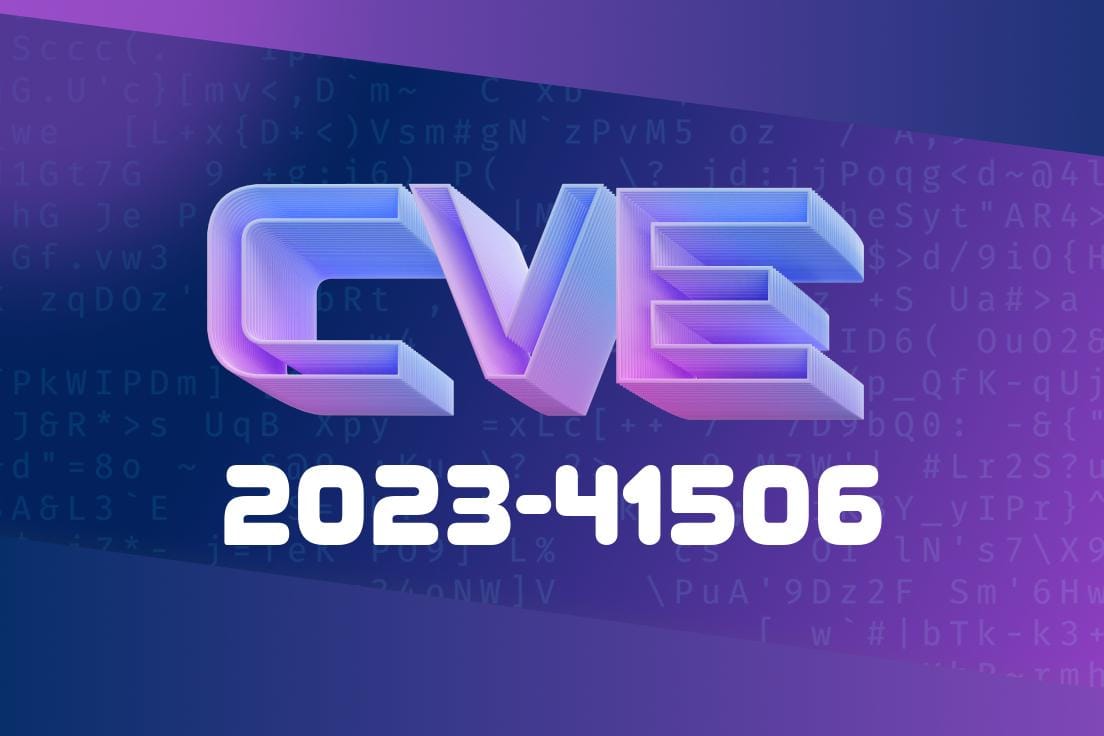A newly discovered vulnerability, CVE-2023-41506, has been found in the popular web application "Student Enrollment In PHP v1.". This educational software is intended to help schools manage student enrollment, class schedules, and other crucial aspects of admin work. Security experts have found an arbitrary file upload vulnerability, specifically in the feature to update or edit a student's profile picture. This vulnerability can be taken advantage of by potential attackers to execute arbitrary code by uploading a crafted PHP file.
Vulnerability Analysis
The vulnerability lies in the Update/Edit Student's Profile Picture functionality. When a user uploads a new profile picture, the server does not properly validate the file type nor does it perform correct file sanitization. This allows attackers the opportunity to upload malicious code disguised as a legitimate image file.
Here's an example of the vulnerable code snippet from the student enrollment application
if(isset($_POST['update'])){
$stud_id = $_POST['stud_id'];
$last = $_POST['last'];
$first = $_POST['first'];
// ... more code ...
$image_name = $_FILES['photo'] ['name'];
$image_location = $_FILES['photo'] ['tmp_name'];
move_uploaded_file($image_location,"uploads/" . $image_name);
// ... code for updating database record ...
}
As you can see, there's no proper validation of $_FILES['photo'] being performed. This allows the attacker to easily upload any file type, including a PHP file containing malicious code.
Exploit Details
To exploit this vulnerability, an attacker can simply create a PHP file containing their desired arbitrary code:
<?php
// Arbitrary code to be executed...
// Here's an example of possible code:
// It creates a new file called "exploit.txt" with the content "Exploited!"
file_put_contents('exploit.txt', 'Exploited!');
?>
The attacker will then save this file using a name with the .jpg or .png extension to get past basic file extension checks, e.g. payload.jpg.php. They will then proceed to upload this file as a profile picture in the application, bypassing the security mechanisms. Once this is done, the attacker can navigate to the file's location on the server and access it to execute their arbitrary code.
Solutions & Mitigations
To protect against this vulnerability, it is highly recommended that proper server-side validation checks are implemented:
Validate the file's MIME type, ensuring only legitimate image types are being uploaded.
3. If possible, rename uploaded files using a secure file naming convention, e.g. using a universally unique identifier (UUID) or a random string generator.
Below are the original references for this vulnerability
1. CVE-2023-41506: Link to the CVE database
2. Student Enrollment In PHP v1.: Link to the PHP application
Conclusion
CVE-2023-41506 is a serious vulnerability affecting the widely used Student Enrollment In PHP v1. application. It is crucial that the developers address this issue and release a security update as soon as possible. Until then, administrators should follow best practices and implement the suggested mitigations to reduce exposure to potential attacks.
Timeline
Published on: 02/27/2024 02:15:06 UTC
Last modified on: 02/27/2024 14:20:06 UTC
